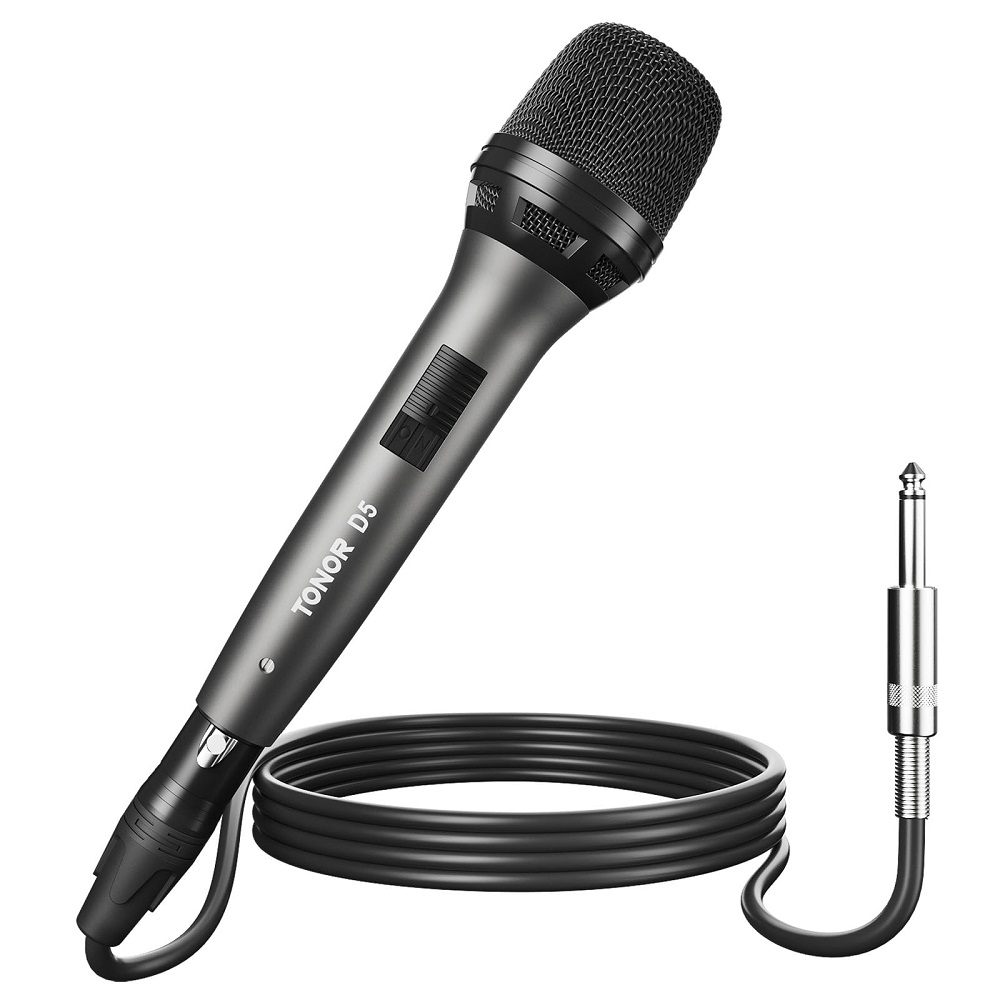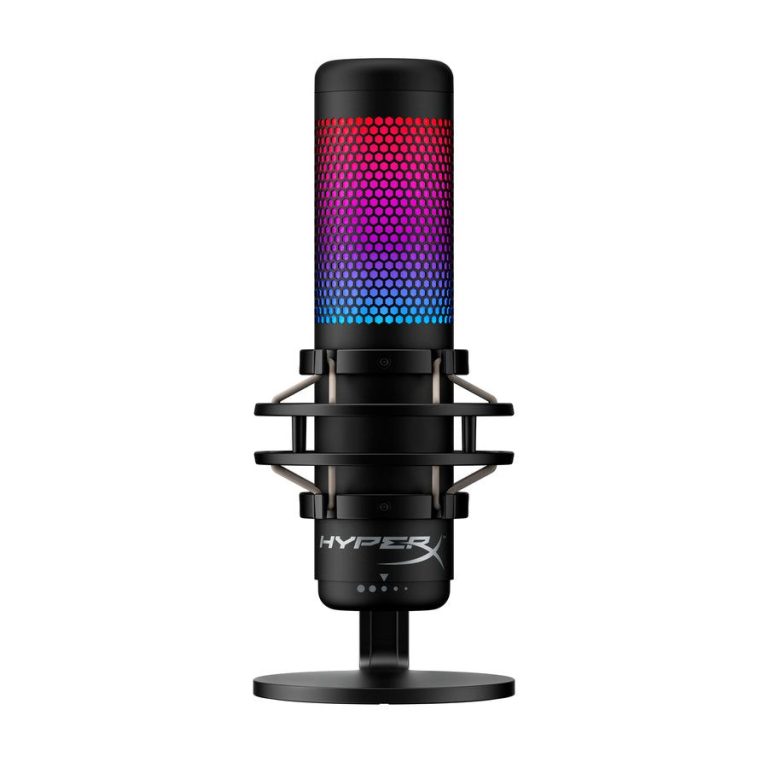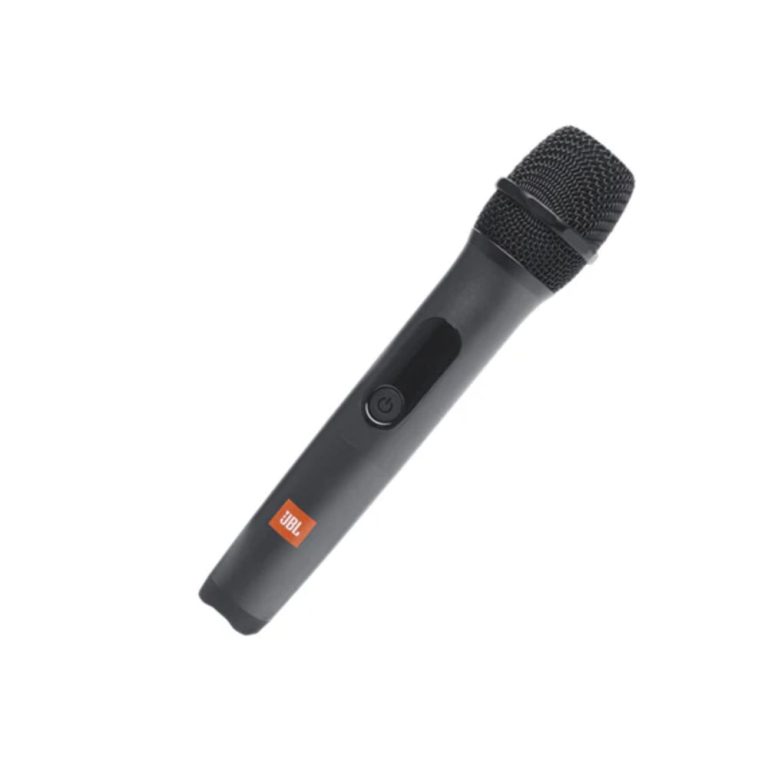For anyone passionate about music, owning a quality microphone is essential. Whether you’re a professional vocalist, an aspiring singer, or a hobbyist, the right microphone can significantly impact your sound and performance. With various types of microphones available, finding the perfect fit can be a daunting task. This guide explores different types of singing microphones, key features to consider, and the best options on the market. By the end, you’ll have a clearer understanding of how to choose the ideal microphone for your singing needs.
Types of Singing Microphones
Dynamic Microphones
Dynamic microphones are a popular choice for live performances. They are known for their durability and ability to handle high sound pressure levels without distortion. This makes them ideal for loud environments where singers may need to belt out their vocals. Dynamic microphones work using a diaphragm attached to a coil of wire within a magnetic field. When sound waves hit the diaphragm, it moves, generating an electrical signal that is sent to the sound system.
One notable advantage of dynamic microphones is their built-in noise rejection capabilities. Since they are highly directional and primarily pick up sound from the front, they are less likely to capture unwanted background noise. This feature is particularly useful in live settings, allowing vocalists to focus on their performance without interference.
Condenser Microphones
Condenser microphones are another popular choice, especially for studio recording. They are known for their sensitivity and ability to capture a wider frequency range. Unlike dynamic microphones, condenser mics use a lightweight diaphragm that requires an external power source, often referred to as phantom power. This allows for greater detail in the sound reproduction, making them suitable for capturing nuances in vocal performances.
These microphones can handle quieter sounds well, making them ideal for vocalists who wish to showcase their subtle vocal skills. However, they can pick up more background noise, so they work best in controlled environments like recording studios. Many professional vocalists prefer condenser microphones for studio work, but they can also be used in live settings with the proper setup.
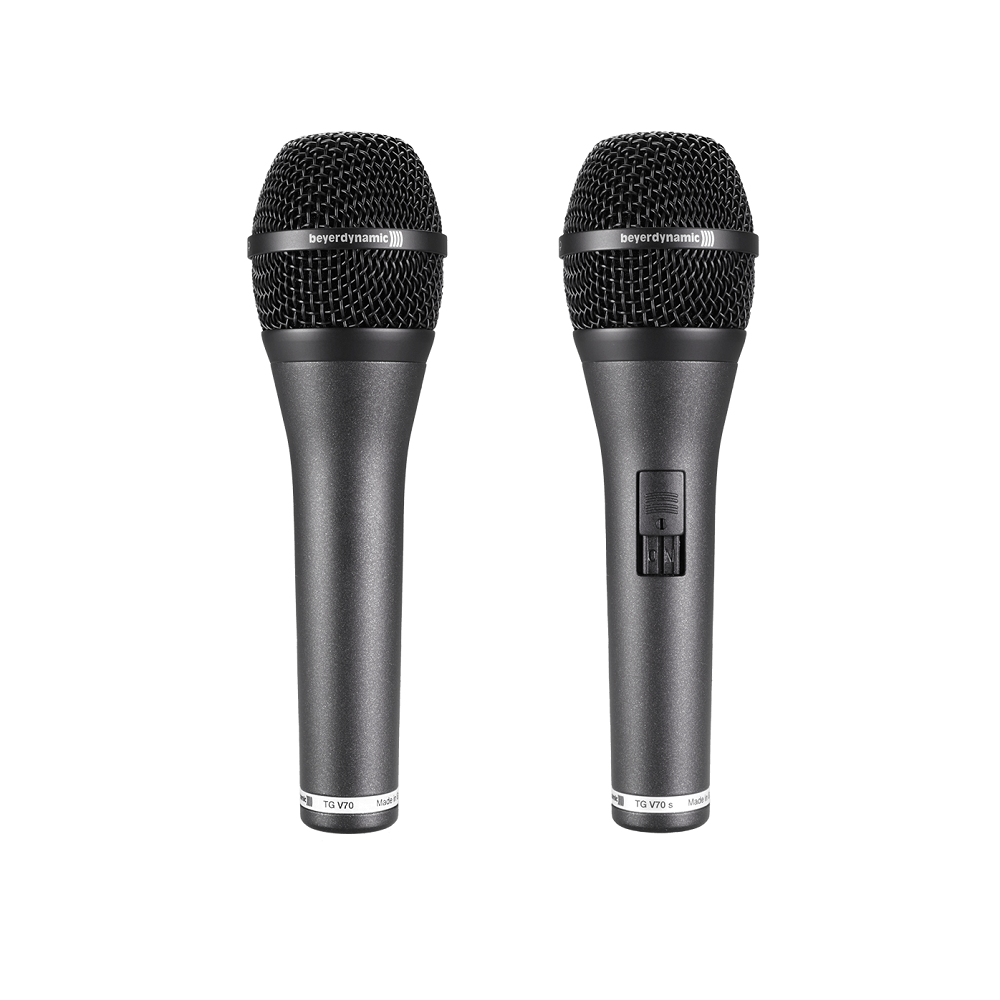
Key Features to Consider
Frequency Response
When selecting a singing microphone, understanding frequency response is crucial. Frequency response refers to the range of sound frequencies a microphone can capture. A broad frequency response is beneficial for vocalists because it allows the microphone to faithfully reproduce the sound of the voice.
Look for microphones with a frequency response that highlights the vocal range. Generally, a response between 20 Hz and 20 kHz is standard for most microphones, but specific models may perform better with vocals. Pay attention to the boost in higher frequencies, which can add brightness to your singing and enhance clarity.
Polar Patterns
Polar patterns refer to how a microphone picks up sound from different directions. Common patterns include cardioid, omnidirectional, and figure-eight. Cardioid microphones are most popular for singers because they capture sound primarily from the front, effectively rejecting noise from the sides and rear. This makes them ideal for live performances and vocal recordings, as they help reduce feedback and background noise.
Omnidirectional microphones, on the other hand, pick up sound equally from all directions. These can be beneficial in certain situations, such as when vocalists perform in a group or need to capture ambient sound. Understanding the polar pattern is vital to choosing the right microphone for your specific needs.
Connectivity Options
Wired vs. Wireless
When considering your microphone options, you’ll need to decide between wired and wireless models. Wired microphones are reliable and often provide superior sound quality without interference. They typically connect to a mixer or audio interface using an XLR cable. This setup is straightforward and ensures a solid connection.
Wireless microphones offer greater freedom of movement. They are equipped with transmitters that send the audio signal to a receiver connected to the sound system. Wireless options are especially popular in live performances, allowing performers to move around the stage without worrying about cables. However, they require batteries and careful management to avoid interference from other wireless devices.
USB Microphones
In recent years, USB microphones have gained popularity, especially among home studio enthusiasts. These microphones connect directly to a computer via USB, making them easy to set up and use. USB microphones are ideal for vocalists recording at home, as they often come with built-in audio interfaces. This eliminates the need for separate equipment, making them a cost-effective solution for beginners.
While USB microphones are convenient, they may have limitations regarding sound quality and versatility compared to traditional XLR microphones. They can still deliver excellent results, particularly for podcasting and voiceovers. Understanding how you plan to use your microphone will help you decide if a USB microphone is the best choice.
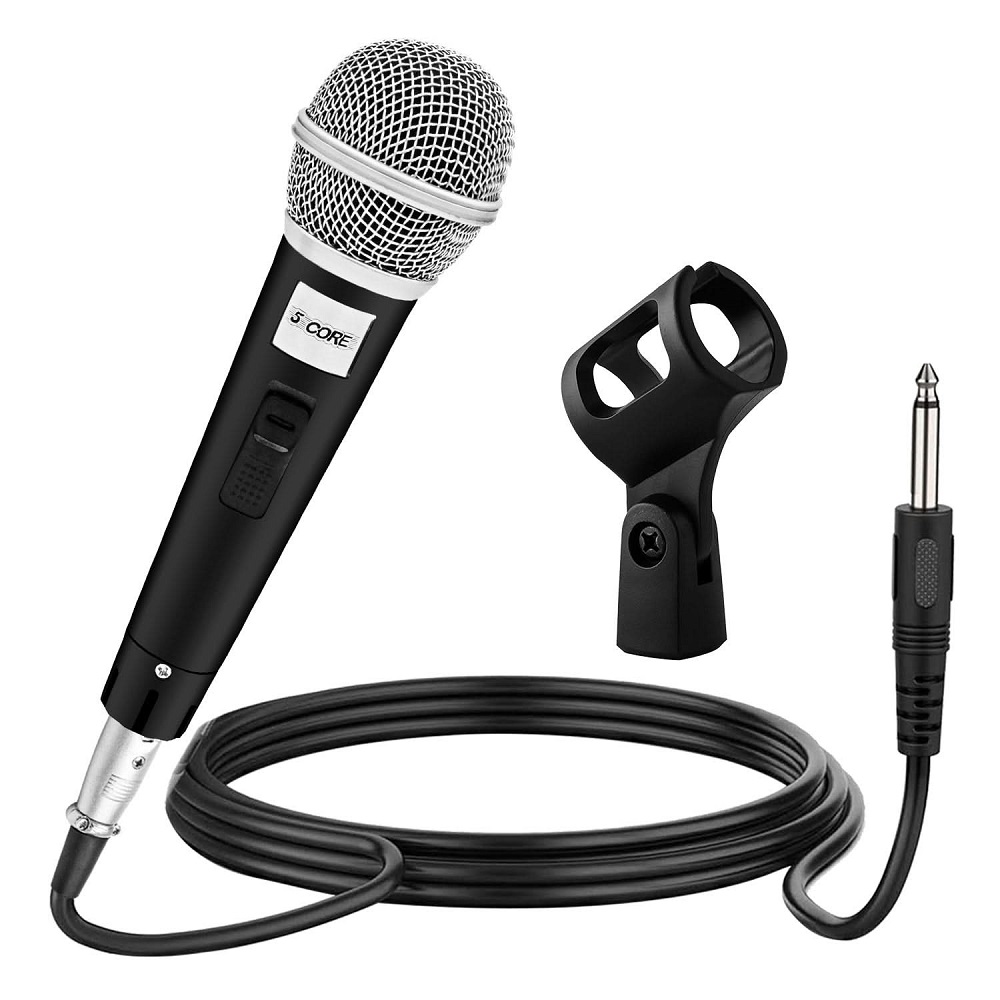
Choosing the Right Microphone for Your Style
Vocal Technique and Singing Style
Every singer has a unique vocal technique and style. When selecting a microphone, it’s important to consider what works best with your voice. For instance, if you have a powerful voice and tend to sing loudly, a dynamic microphone may be the best fit. These microphones handle high sound pressure levels well, allowing you to project your voice without distortion.
Conversely, if your singing style focuses on softer, nuanced performances, a condenser microphone is likely more suitable. These microphones are sensitive enough to capture the subtleties in your voice. Understanding your vocal technique will guide you in selecting a microphone that complements your strengths as a singer.
Performance Environment
Another important consideration is the environment in which you will be performing. If you primarily sing in live settings, microphone options such as dynamic or wireless microphones may serve you best. These mics are designed to handle the unpredictable nature of live performances and maintain sound quality under various conditions.
On the other hand, if most of your singing occurs in a controlled studio environment, a condenser microphone is likely the better choice. These microphones excel at capturing studio-quality recordings in quieter settings. Assessing where you’ll be using your microphone will guide your decision-making process.
Best Microphone Options on the Market
Shure SM58
The Shure SM58 is a legendary dynamic microphone that has been trusted by vocalists for decades. Known for its robust construction and excellent sound quality, it effectively handles high sound levels, making it ideal for live performances. Its cardioid polar pattern ensures minimum background noise and feedback.
This microphone’s frequency response is tailored for vocals, providing clarity and warmth. The SM58 is also durable and reliable, making it a fantastic investment for both professional and amateur singers alike.
Audio-Technica AT2020
For vocalists seeking a quality condenser microphone, the Audio-Technica AT2020 is a popular choice. Its large diaphragm design captures vocal nuances superbly, making it ideal for studio recordings. The AT2020 offers a wide frequency response, allowing it to handle a variety of vocal styles.
With its cardioid polar pattern, this microphone effectively reduces background noise, making it suitable for home studio setups. Additionally, it is affordable, providing great value for quality. The AT2020 is perfect for singer-songwriters and those who want to create high-quality recordings.
Rode NT-USB
For those interested in USB microphones, the Rode NT-USB is an excellent option. Its built-in pop filter and high-quality condenser capsule create clean, clear sound ideal for vocals and instruments. The NT-USB connects directly to computers, making it a convenient choice for home studios and podcasting.
With a sturdy build and included accessories such as a tripod stand and a storage pouch, the Rode NT-USB is both practical and portable. It’s a great option for beginners looking to start their recording journey without much complexity.

Maintaining Your Microphone
Regular Cleaning and Care
Once you choose the perfect singing microphone, maintaining it is essential for preserving its sound quality and longevity. Regular cleaning helps to remove dust, moisture, and grime that can affect performance. Use a soft, lint-free cloth to wipe the body of the microphone gently. Avoid using harsh chemicals that could damage the materials.
If you use a dynamic microphone with a removable grille, take it off and clean it separately. For condenser microphones, it’s important to avoid getting moisture on the diaphragm. Proper storage, including using a dedicated case or pouch, goes a long way in protecting your investment.
Protective Accessories
Consider investing in protective accessories, such as foam windshields or pop filters. These accessories help reduce plosive sounds, improve clarity, and enhance recording quality. By equipping your microphone with external protection, you’ll help ensure it performs well over time.
Remember to handle your microphone with care. Avoid dropping or banging it against hard surfaces, as this can cause internal damage. Treating your microphone as a valuable piece of equipment will help maintain its condition and performance.
Finding Your Voice
In conclusion, finding the best singing microphone is key to ensuring great sound quality and enhancing your vocal performance. With various microphone types and features to explore, it’s essential to assess your specific needs, vocal style, and performance environment.
Dynamic microphones such as the Shure SM58 are ideal for live performances, while condenser options like the Audio-Technica AT2020 excel in studio environments. USB microphones like the Rode NT-USB provide convenience and accessibility for beginners and podcasters alike.
Ultimately, investing in a quality microphone tailored to your needs will elevate your singing experience. By taking the time to choose wisely and maintaining your equipment properly, you can safeguard your investment and enjoy vibrant, clear sound for years to come. Whether practicing at home or performing on stage, the right microphone can help you find and express your unique voice with confidence.
